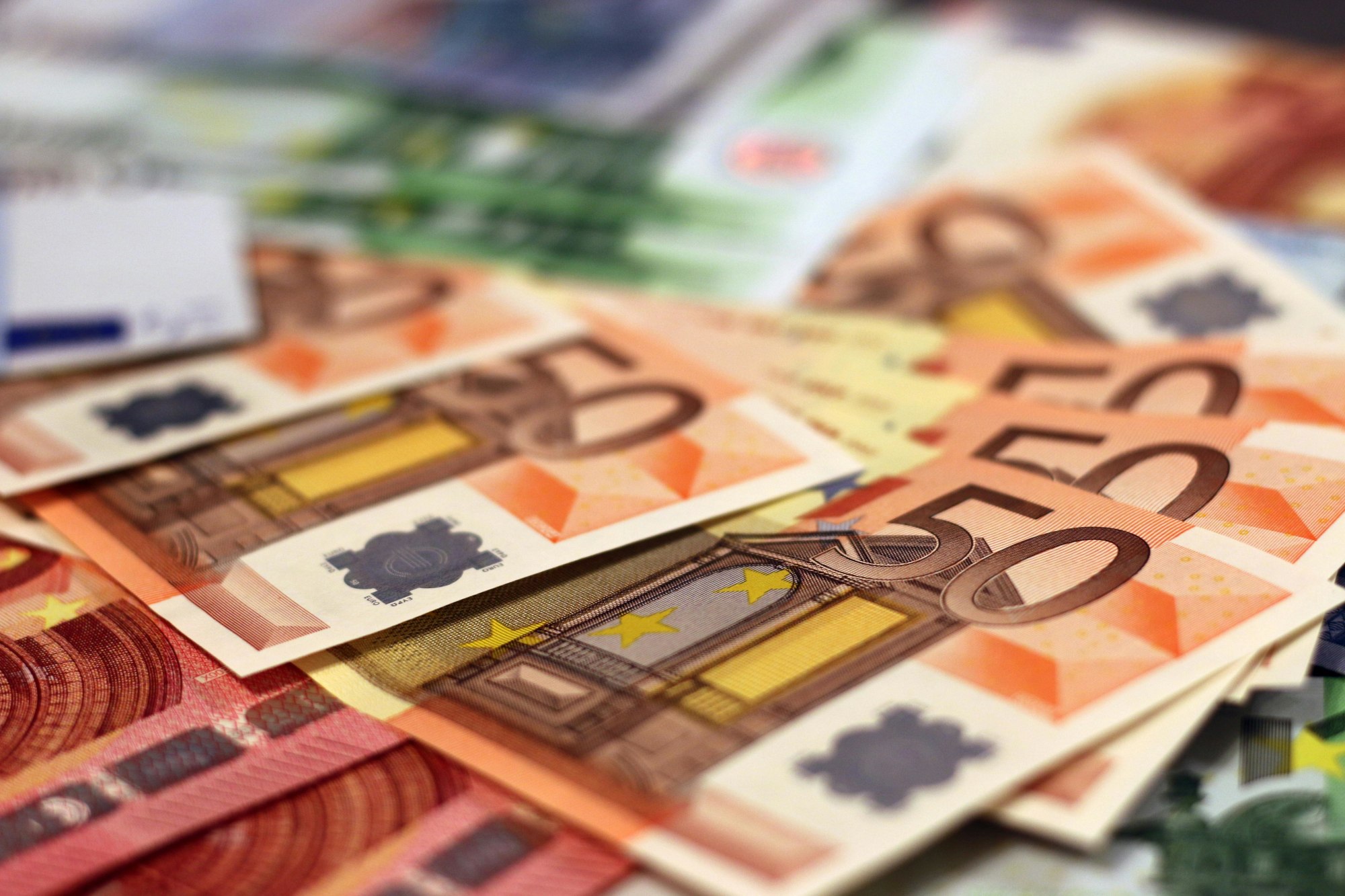Invest
The do's and don’ts of doing derivatives
As market volatility continues to build, investors can protect the value of their portfolios with derivatives. The good news is that retail investors are able to easily buy and sell derivatives on the ASX, but caution is warranted as they can be complex products.
The do's and don’ts of doing derivatives
As market volatility continues to build, investors can protect the value of their portfolios with derivatives. The good news is that retail investors are able to easily buy and sell derivatives on the ASX, but caution is warranted as they can be complex products.

A derivative is a financial product whose value depends on the value of an underlying asset such as a commodity, share or index. Some derivatives can be traded directly on the ASX or you can invest in managed funds or exchange-traded funds (ETFs) that use derivatives to create returns and protect portfolio values.
However, derivatives can be complicated to understand, so investors may need the guidance of an adviser in investing or trading them, or they might be better off leaving it to professional asset managers. On their own, derivatives are not a problem, but when they are used by investors that don’t necessarily understand their idiosyncrasies or fail to understand the risks involved, they can be dangerous.
Derivatives have become more popular in recent times as they can be used to hedge investors’ portfolios against volatility. After a prolonged phase of steady markets, higher US interest rates and talk of a trade war between China and the US is creating stock market uncertainty.
The global measure of volatility, the Chicago Board Options Exchange (CBOE) Volatility Index (VIX Index), also known as the fear index, has jumped over 20 on several days this year, in contrast with the low volatility of last year when it never got over 20.

Investors have responded to this volatility by using derivatives to protect their investments against market declines, specifically using put options or exchange-traded options (ETOs), which are listed on the ASX. An option is a contract between two parties giving the taker (buyer) the right, but not the obligation, to buy or sell a security at a predetermined price on or before a predetermined date. To buy this right, the taker pays a premium to the writer (seller) of the options contract.
Put options are typically taken out when investors expect the market to fall. Puts can be bought over certain individual stocks or the S&P/ASX 200 and they lock in the sale price of your shares or the index value for the life of the option, no matter how far a share price or the index falls.
Index options are especially popular in current times because they allow investors to take a view that the stock market is likely to fall, without taking on any specific company risk.
Call options give the buyer the right to buy a stock at a predetermined exercise price, or strike price. A call ETO locks in the buy price of your shares for the life of the option, no matter how high the share price rises.
The biggest risk of using options is selling something which you don’t own. If the seller of a call option doesn’t own the underlying shares and a call option is exercised, the seller would be forced to buy the underlying shares at a market price higher than the strike price to deliver them to the options buyer at a loss.
Index options, like ordinary options, provide leveraged profit opportunities but may also result in losses. When the market rises (or falls), percentage gains (or losses) are greater than rises (or falls) in the underlying index.
Another factor to be aware of is that the cost of an ETO is variable, depending the volatility of a particular share and market conditions. The price of the put rises in more volatile share markets. As a result, you pay more for the insurance offered.
Another product which enables investors to make money from falling markets is to buy ‘inverse’ exchange traded funds. These ETFs move in the opposite direction of the broader share market. So, if, for example, the share market falls 1 per cent on a trading day, an inverse ETF will deliver a 1 per cent gain in the value of the ETF, and vice versa if the share market gains in value.
Some ETFs offer even greater exposure to market movements – if the share market falls 1 per cent, some inverse ETFs could gain 2 per cent in value, and vice versa. So you can see why Warren Buffett called derivatives “financial weapons of mass destruction”1.
Derivatives carry dangers that, while now latent, are potentially lethal if the market turns against you. If you buy an inverse ETF and the market rises, you could quickly lose money. Like any investment, you need to fully understand what you’re getting into.
That’s why derivatives are more commonly used by sophisticated investors. But with good advice or skilled professional management, derivatives can play an important role in protecting the value of investors’ portfolios or creating income from market movements.
Dan Bosscher is a portfolio manager at Perennial Value Management

Investment insights
Centuria announces senior internal promotions, strengthening leadership team for new property growth cycle
Centuria Capital Group (ASX: CNI or "Centuria") has strengthened its senior management structure with several internal promotions, effective from Monday, 15 April 2024. The new senior roles are part ...Read more

Investment insights
Institutions and wealth managers favour fixed income over equities, research shows
New research from Managing Partners Group (MPG), the international fund management group, shows professional investors believe fixed income is becoming more attractive than equities over the next 12 ...Read more

Investment insights
Gold prices soar to record high: Two surprising factors fueling the surge
Gold prices have hit a fresh record high, nearing $2,300 an ounce in Thursday trading, and while geopolitical tensions and expectations of interest rate cuts by the US Federal Reserve are commonly ...Read more

Investment insights
Alternative fund managers expect increased fines for regulatory breaches, survey reveals
A new study by Ocorian, a market leader in regulation and compliance services, has revealed that alternative fund managers anticipate a rise in fines for breaking regulations in their sectorsRead more

Investment insights
Institutional investors set to increase allocations to illiquid assets, MPG research reveals
A new study by international asset management company Managing Partners Group (MPG) has found that more than three-quarters (78%) of institutional investors and wealth managers plan to increase their ...Read more

Investment insights
Vanguard reduces management fee for its Australian Government Bond Index ETF
Vanguard Australia has announced a reduction in the management fee for its Vanguard Australian Government Bond Index ETF (ASX:VGB) by four basis points to 0.16% per annum, effective from Monday. Read more

Investment insights
Institutional investors and wealth managers recognise digital assets' role in diversification
A new global research study by London-based Nickel Digital Asset Management (Nickel), a regulated and award-winning digital assets hedge fund manager, reveals growing mainstream acceptance of digital ...Read more

Investment insights
Chinese and European brands dominate top 5 most valuable insurance brands: Brand Finance report
The latest Brand Finance Insurance 100 2024 report reveals that Chinese and European brands continue to dominate the ranking of the world's most valuable insurance brands. Read more

Investment insights
Centuria announces senior internal promotions, strengthening leadership team for new property growth cycle
Centuria Capital Group (ASX: CNI or "Centuria") has strengthened its senior management structure with several internal promotions, effective from Monday, 15 April 2024. The new senior roles are part ...Read more

Investment insights
Institutions and wealth managers favour fixed income over equities, research shows
New research from Managing Partners Group (MPG), the international fund management group, shows professional investors believe fixed income is becoming more attractive than equities over the next 12 ...Read more

Investment insights
Gold prices soar to record high: Two surprising factors fueling the surge
Gold prices have hit a fresh record high, nearing $2,300 an ounce in Thursday trading, and while geopolitical tensions and expectations of interest rate cuts by the US Federal Reserve are commonly ...Read more

Investment insights
Alternative fund managers expect increased fines for regulatory breaches, survey reveals
A new study by Ocorian, a market leader in regulation and compliance services, has revealed that alternative fund managers anticipate a rise in fines for breaking regulations in their sectorsRead more

Investment insights
Institutional investors set to increase allocations to illiquid assets, MPG research reveals
A new study by international asset management company Managing Partners Group (MPG) has found that more than three-quarters (78%) of institutional investors and wealth managers plan to increase their ...Read more

Investment insights
Vanguard reduces management fee for its Australian Government Bond Index ETF
Vanguard Australia has announced a reduction in the management fee for its Vanguard Australian Government Bond Index ETF (ASX:VGB) by four basis points to 0.16% per annum, effective from Monday. Read more

Investment insights
Institutional investors and wealth managers recognise digital assets' role in diversification
A new global research study by London-based Nickel Digital Asset Management (Nickel), a regulated and award-winning digital assets hedge fund manager, reveals growing mainstream acceptance of digital ...Read more

Investment insights
Chinese and European brands dominate top 5 most valuable insurance brands: Brand Finance report
The latest Brand Finance Insurance 100 2024 report reveals that Chinese and European brands continue to dominate the ranking of the world's most valuable insurance brands. Read more






